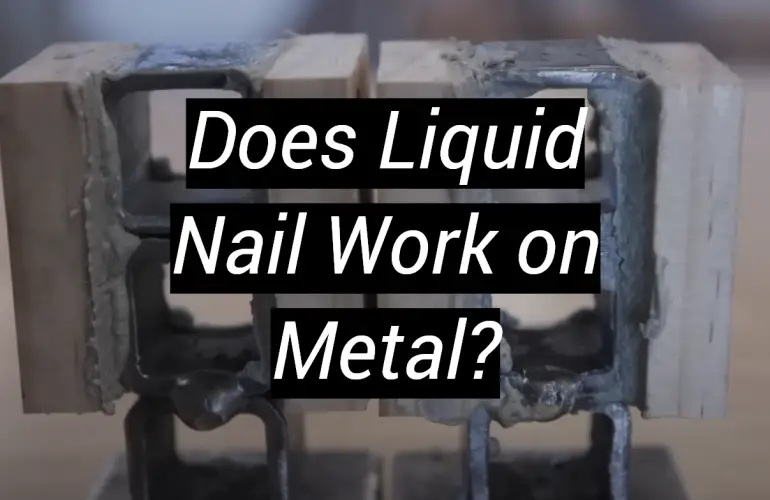Does Liquid Nail Work on Metal?
If you’re like me, you’re always looking for ways to make your DIY projects easier and more effective. So when I came across liquid nails, I was intrigued. Does this product really work as well as it claims? Can it help me avoid those pesky drill holes in metal surfaces? Let’s find out!
Does Liquid Nail Work on Metal?
The short answer is yes, Liquid Nail can work on metal surfaces. Nonetheless, selecting the ideal adhesive is critical. Most types of Liquid Nail are formulated for use with wood and other porous materials, so be sure to read the product label carefully before you purchase it.
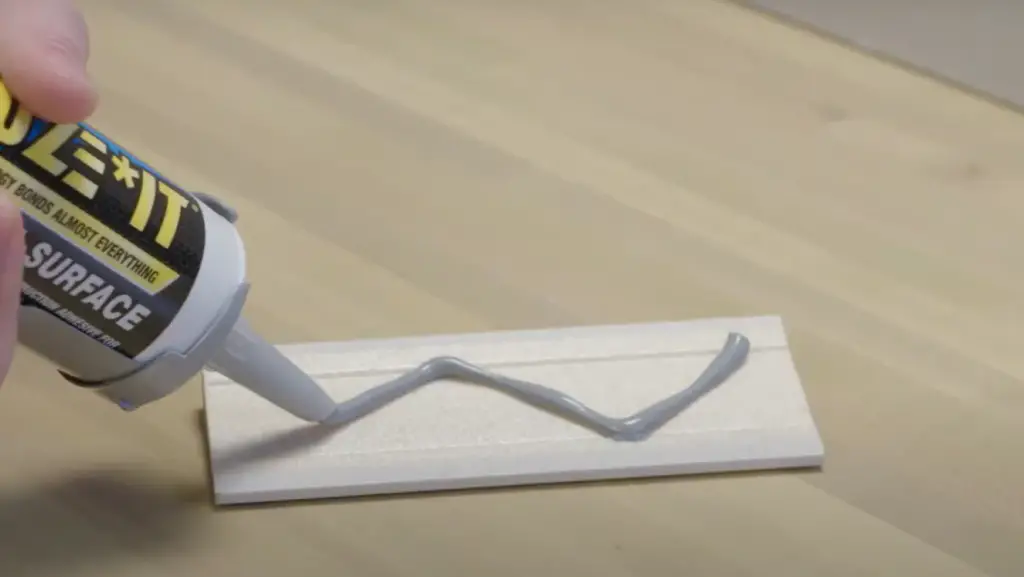
Liquid Nail adhesives come in contact-bonding formulas designed to bond metal directly without needing a primer or tape. These contact-bond formulas should provide a strong seal on most metals such as aluminum, steel, brass or copper. When using this type of Liquid Nail for metal applications, be sure to follow all manufacturer instructions for best results.
It’s also important to note that using Liquid Nail outside can be more difficult due to exposure to the elements. For long-lasting exterior applications, you may want to opt for a specialized outdoor adhesive or epoxy.
In general, Liquid Nail can work on metal surfaces if used correctly and with the right type of product. Be sure to read all manufacturer instructions before applying your adhesive and you should have no problems getting strong, lasting results. With proper use, Liquid Nail should provide a secure bond that holds your materials together in any application. [1]
When Do You Need Liquid Nails To Bond Wood On Metal?
When selecting the best adhesive for wood and metal, it’s crucial to consider its application. Liquid Nails could be a great choice in this case since it provides secure bonding of these two materials. If you are bonding a large, sturdy piece of wood to a metal surface that will be subject to vibration or movement (such as on a vehicle), then Liquid Nails may not be strong enough over time. For these types of applications, an epoxy adhesive would likely provide superior bonding strength.
However, if you are bonding small pieces of wood or veneer onto a static metal surface (one that will not move much), then Liquid Nail could work well since it has strong adhesion even with non-porous surfaces like metals. It’s also easy to apply and will fill gaps in the surface, creating a tight bond. Be sure to use a high-quality Liquid Nails product for better results.
Therefore, by understanding the application and properly preparing the surfaces to be bonded, you can determine whether or not Liquid Nails are appropriate for bonding wood onto metal. Carefully consider both materials and the environment they will be exposed to before making your decision. Proper preparation of the surfaces will also ensure that your project has a strong bond that lasts! [2]
What Is Liquid Nails?
Liquid Nails is a heavy-duty, multi-purpose adhesive that can be used for a variety of home improvement projects. It forms an incredibly strong bond between surfaces and can be applied to a wide range of materials including wood, drywall, metal and plastic.
Why Does Liquid Nails Work On Wood-to-Metal Bonds?
Polyurethane Formula
Liquid Nails® adhesives contain a polyurethane-based formula.
This makes Liquid Nail perfect for use in both indoor and outdoor projects where exposure to moisture or extreme weather changes may occur.Liquid Nails is designed with advanced technology so that it easily bonds a variety of metals including galvanized steel, aluminum, brass, copper, stainless steel and more.
Multipurpose Application
Liquid Nails adhesives are highly versatile and can be used for a wide range of projects.
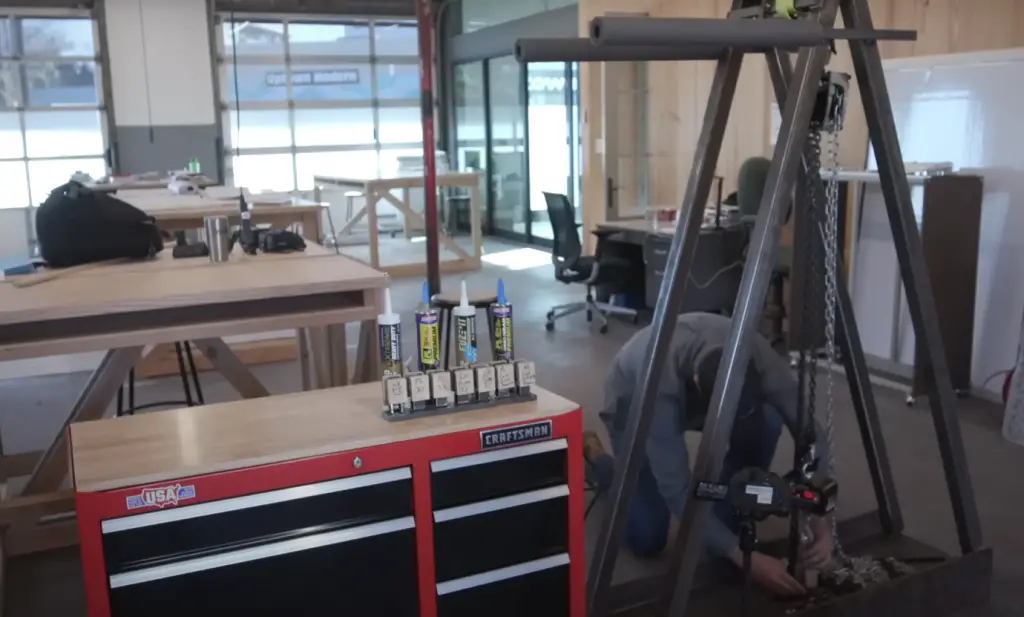
In addition to bonding wood-to-metal, Liquid Nails can also bond trim, molding, corkboard and other construction materials without the need for nails or screws. This makes it perfect for any DIY project that requires strong yet flexible adhesive bonds.
Easy Application
Applying Liquid Nails is easy because it comes in a tube with a built-in nozzle so you don’t have to worry about spills or messes. Simply cut off the tip of the tube at an angle, then squeeze it onto your surface in thin strips for even coverage. It’s best to start at one end of the joint and work your way to the other end, pressing down firmly to ensure a strong bond. When you’re done, wait at least 24 hours before handling or stressing the bond. This will give Liquid Nails enough time to cure and form an incredibly strong bond between your wood and metal surfaces. [3]
Safety Precautions
It is important to follow safety precautions when working with adhesives like Liquid Nails. Wear gloves and safety goggles for protection against any potential chemicals that may come in contact with your skin or eyes.
Keep away from heat sources and any open flame as it can cause a fire or explosion if the container is exposed to extreme temperatures.Liquid Nails Are Weatherproof
Another reason why Liquid Nails is perfect for wood-to-metal bonds is because it is weatherproof. This means that your bond will not be affected by exposure to moisture or extreme temperatures. This makes it ideal for both indoor and outdoor projects.
Liquid Nails Are Water Activated
Finally, Liquid Nails adhesives are water activated. This means that once the adhesive is applied, it must be exposed to a certain amount of moisture before it will cure properly and form a strong bond. So make sure to use enough moisture on your surface when applying the adhesive for optimal results.
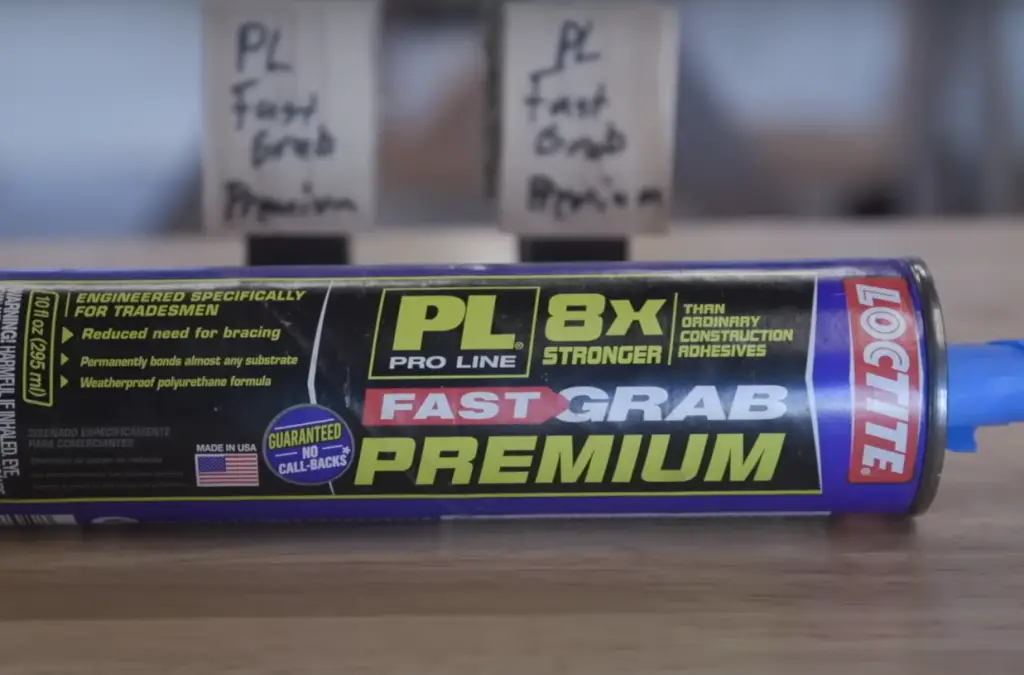
In conclusion, Liquid Nail works great for wood-to-metal bonds due to its polyurethane formula that offers flexibility along with strength. It’s easy to apply and weatherproof, making it perfect for any DIY project both indoors and outdoors. Just remember to follow safety precautions when working with adhesives and use enough moisture for optimal results. With Liquid Nails you can create reliable bonds between wood and metal surfaces for any of your projects.
How Well Does Liquid Nails Perform In Wood-to-metal Applications?
Liquid Nails is a popular adhesive for wood-to-metal applications, as it has powerful holding power and can be used in both indoor and outdoor projects. Its strong bonding properties make it a great choice for most metal/wood joining tasks. However, you should keep in mind that Liquid Nails may not work well in all situations. For example, it won’t bond aluminum to steel, which requires specialized adhesives or welding. It also won’t adhere to some types of plastic or rubber materials. Additionally, if the application involves damp or cold conditions, the product may not perform properly.
Overall, Liquid Nails generally provides good results when bonding wood to metal surfaces — but it’s always best to read the product instructions and test a small area before beginning any project. Ultimately, choosing the right adhesive for your specific application is key to achieving successful results. [4]
How To Bond Metal To Wood Using Liquid Nails?
Liquid Nails is a great adhesive for bonding metal to wood. It works especially well when you need to adhere two materials of different shapes, thicknesses and textures, such as wood and metal. When bonding metal to wood, it’s important to prepare the surfaces correctly so that the Liquid Nails adhere properly and provide a lasting bond.
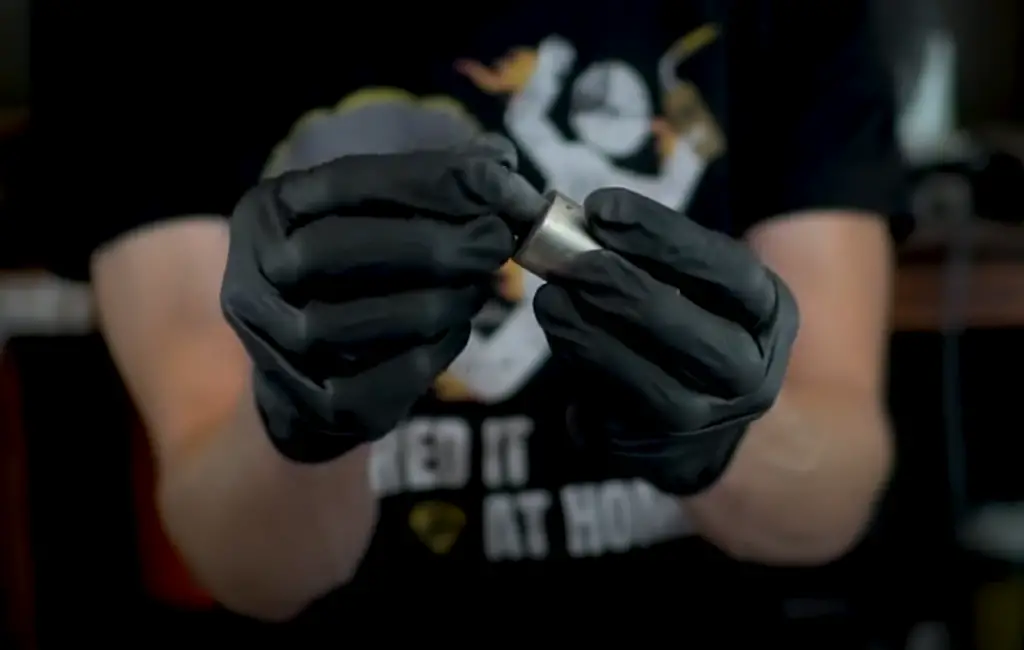
To start, make sure both the metal and wood surfaces are clean and free from debris and dust. Then, lightly sand both surfaces with fine-grit sandpaper to create a texture for better adhesion. Next, apply Liquid Nails adhesive in even lines on the surface of both pieces evenly, making sure that each line has adequate coverage along its entire length.
With proper preparation and application, Liquid Nails should provide a strong bond between metal and wood surfaces. For best results, use high quality Liquid Nails adhesives that are specifically designed for heavy duty applications. When in doubt, refer to the manufacturer’s instructions when selecting an appropriate adhesive product. With these tips in mind, you’ll be able to efficiently and effectively bond metal to wood with Liquid Nails!
How Long Does Liquid Nails Take To Dry On Metal?
It can take anywhere from a few hours to a few days for Liquid Nails to dry on metal, depending on factors such as temperature and humidity. The warmer and more humid the environment is, the faster Liquid Nails will dry. It’s also important to note that you should wait at least 24 hours before you put any weight on your project or expose it to water. If you need your project done quickly, make sure to apply the adhesive in an environment with high humidity and warm temperatures. Additionally, some types of Liquid Nails are designed specifically for use on metal and may cure quicker than conventional formulas. Be sure to read product labels carefully before making any purchase decisions.
Are Liquid Nails Permanent?
When it comes to Liquid Nails adhesives, the answer is yes. Liquid Nails products are designed for permanent bonding and sealing solutions for both interior and exterior projects. Many of their products provide instant grab, meaning that once applied, the bond is strong enough to hold the surfaces together without any additional support, creating a lasting bond without worry about slippage or separation. However, it’s important to note that some projects may require additional finishing steps for further protection or strength enhancement.
Additionally, different materials respond differently to Liquid Nails adhesives; metal typically requires a specially formulated product in order to achieve maximum performance.
It’s also worth noting that while Liquid Nail bonds are designed to be long-lasting and permanent, certain conditions may affect the bond’s durability. For instance, high temperatures and exposure to moisture can weaken or degrade some adhesives, so it’s important to consider your project environment when selecting a product. Additionally, the surfaces being bonded should be clean and free of any loose debris for best results. With proper preparation and application, however, Liquid Nail products are designed to create reliable bonds that will maintain their integrity over time. [5]
How Do You Remove Liquid Nails From Metal?
Removing Liquid Nails from metal is not a difficult task, but it does require some patience and effort. First and foremost, you should wear protective gear such as gloves, safety glasses, and a respirator to protect yourself from any fumes or debris that could be released.
The most common method for removing Liquid Nails from metal is to use acetone or an adhesive remover product. Simply saturate a rag in the solution of your choice and rub it over the area of dried glue until it softens. Once softened, scrape away the residue with either a putty knife or razor blade. After completion, wash off any remaining residue with water and mild soap.
For stubborn areas where adhesive remains, you may need to repeat this process a few times or try a different adhesive remover. For particularly difficult areas, you can also use a heat gun to soften the glue before scraping it off.
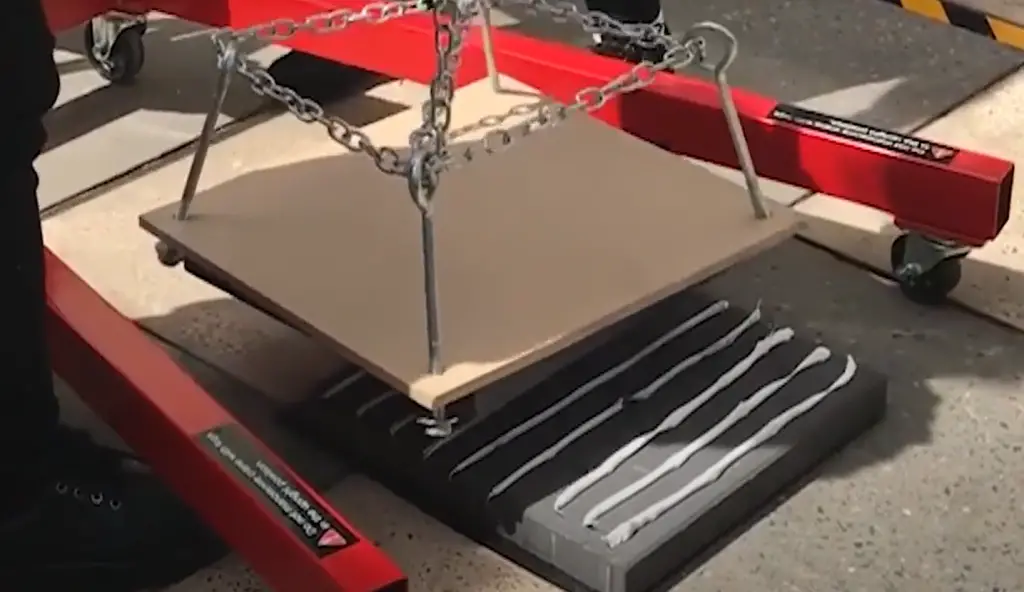
Regardless of the method used, be sure to work slowly and carefully in order to avoid any damage to the metal surface beneath the Liquid Nails. Once finished, clean up all residue and dispose of any rags or applicators used in a safe manner. With these steps, you can successfully remove Liquid Nails from metal surfaces with minimal hassle. [6]
FAQ
Will Liquid Nails stick to painted metal?
Yes, Liquid Nails will stick to painted metal. However, for maximum adhesion, it is best to make sure the surface of the metal is clean and free of dirt, dust and oils. If needed, you can lightly sand the surface before applying Liquid Nails. Make sure to test a small area of the metal prior to using Liquid Nails on a large project.
Can I use Liquid Nails outdoors?
Yes, many types of Liquid Nail products are designed for outdoor use and provide excellent weather resistance when applied correctly. It is important to read the instructions on the product label as different formulas may have specific application instructions that need to be followed in order for them to work properly in outdoor conditions.
Can I use Liquid Nails on galvanized metal?
Yes. Liquid Nails can be used on galvanized metal and is often recommended for projects that involve working with this material. It is important to make sure the surface of the galvanized metal is clean, dry and free of dirt, dust and oils prior to applying Liquid Nails. This will ensure maximum adhesion and performance of the product.
Can I use Liquid Nails on stainless steel?
Yes, many types of Liquid Nail products are suitable for applications involving stainless steel surfaces. However, it is important to read the instructions on the specific product label as different formulas may have specific application instructions that need to be followed in order for them to work properly with this type of material. Additionally, it is always a good idea to test a small area of the stainless steel prior to using Liquid Nails on a large project.
What materials can you use Liquid Nails on?
Liquid Nails can be used on a variety of surfaces, including wood, metal, drywall, vinyl, ceramic tile and more. Make sure to read the instructions on the specific product label as different formulas may have specific application instructions that need to be followed in order for them to work properly with any given surface.
What should I do if Liquid Nails does not adhere correctly?
If you find that Liquid Nails is not adhering correctly, it could be due to several factors such as incorrect surface preparation or improper application technique. It is important to make sure that the surface of the material is clean and free of dirt, dust and oils prior to applying the product.
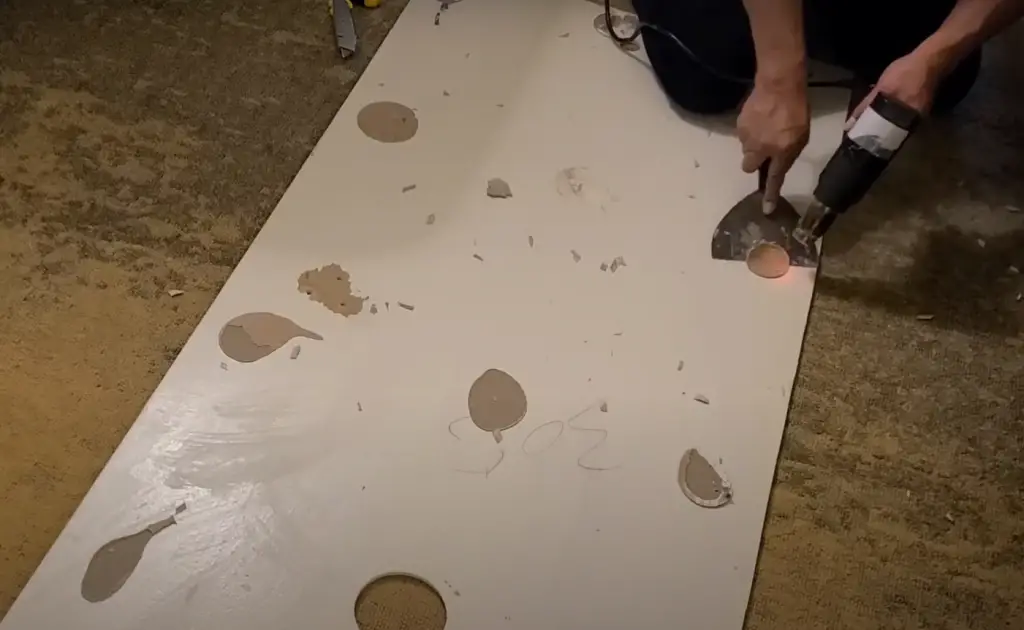
Additionally, make sure that you are following the instructions on the specific product label as some formulas may have specific application instructions that need to be followed for optimal adhesion and performance. If these tips do not help, it is best to consult a professional for additional advice.
Is Liquid Nails waterproof?
Yes, many types of Liquid Nail products offer excellent weather resistance when applied correctly. However, it is important to read the instructions on the product label as different formulas may have specific application instructions that need to be followed in order for them to work properly in outdoor conditions.
Are Liquid Nails strong?
Yes, Liquid Nails are a type of adhesive that is known for its strength and durability. They provide an excellent bond on metal surfaces and can be used to glue together two different types of metals. The product also comes with an extra strong grip formula, making it ideal for creating a secure hold in demanding applications. Liquid Nails can be used across numerous substrates like wood, drywall, concrete, brick or stone and many other materials – but when it comes to metal surfaces the adhesive provides an especially strong bond due to its long-lasting nature. Additionally, Liquid Nails products are designed with weatherproofing abilities; this means your projects will last even longer outdoors as they won’t succumb to water damage or harsh temperature changes quickly.
How much force can Liquid Nails hold?
Liquid Nails is a very strong adhesive that can hold up to 700 pounds per square inch of pressure, making it one of the strongest on the market. This makes it an ideal choice for any bonding need you may have, from furniture repair to large construction projects. The strength and durability of Liquid Nails provides a secure bond that will last for many years with proper application.
Can liquid nails be painted?
Yes, Liquid Nails can be painted over with a water-based paint. After the adhesive has completely dried, it should be sanded smooth and then primed with a latex primer before applying the paint. It is important to keep in mind that using a solvent-based primer or paint may cause the Liquid Nails to break down over time. Additionally, if you are looking for an even stronger bond, you can use a two part epoxy adhesive instead of Liquid Nails. The epoxy will create an even more durable and secure connection between metal surfaces that will last longer than other types of adhesives.
Useful Video: Liquid Nails vs Loctite PL Construction Adhesive – Which is better? Pull off testing!
Conclusion
In conclusion, Liquid Nail can be a great option for adhering metal and other materials together. It has several advantages such as being extremely strong, waterproof, and durable. However, the user must take into consideration the environment in which the project will be used since Liquid Nail is not suitable for all applications. For best results, it is important to understand the types of substrates being used, as well as what type of finish or coating is needed. When in doubt, consult a professional to ensure that your project is done correctly and safely. With proper application and preparation, Liquid Nail can be an effective solution for bonding metal surfaces together.
Hopefully, this article has answered the questions you may have had regarding whether Liquid Nail works on metal. Thanks for reading! Stay tuned for more informative articles about adhesives and DIY projects.
Happy crafting!
References:
- https://www.liquidnails.com/fuze-it-family
- https://gambrick.com/does-liquid-nails-work-on-metal/
- https://homeinspectioninsider.com/can-liquid-nails-bond-wood-to-metal-lets-find-out/
- https://projectperfecthome.com/where-can-you-use-liquid-nails/
- https://selleys.co.nz/ask-an-expert/adhesives/will-extra-strength-liquid-nails-stick-stainless-steel-sheets-to-metal/
- https://www.interviewarea.com/frequently-asked-questions/does-liquid-nails-work-on-metal

